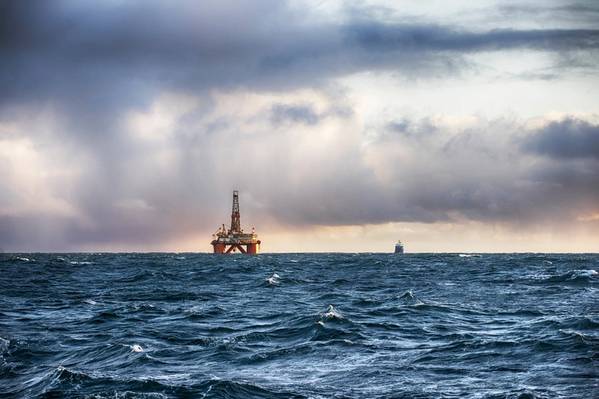
Portuguese oil company Galp Energia has launched the sale of half of its stake in an exploration block offshore Namibia where it has made a major oil discovery, three industry sources familiar with the matter told Reuters.
Galp's Mopane discovery, which is estimated to hold at least 10 billion barrels of oil and gas equivalent, appears to be one of the largest in the basin which could help kickstart the southern African country's oil industry even as governments around the world seek to reduce fossil fuel consumption.
Galp has an 80% stake in Petroleum Exploration Licence 83 (PEL 83), which covers almost 10,000 square kilometers (3,860 square miles) in the Orange Basin, with Namibia's national oil company NAMCOR and independent exploration group Custos each holding another 10%.
Lisbon-based Galp is offering to sell half of its stake in the block, said the sources, who could not be named because they are not authorized to speak to the media.
It is also offering to cede control of the development of the project to the potential buyer, expected to be a major international rival with a strong track record in project management, the sources said.
Galp declined to comment. It has previously indicated it could launch a process to raise capital for the development of its projects in Namibia, as they could reach a large scale.
It has hired Bank of America to run the sale process, which could raise several billion dollars for Galp, although the exact value is unclear, the sources said. Bank of America declined to comment.
Galp shares closed over 20% higher following Galp's update on the Mopane field and Reuters reporting the sale process.
The discovery followed successful exploration campaigns in the same area by rivals TotalEnergies and Shell in recent years. Other companies that entered Namibia in recent years include Chevron, Australia's Woodside Energy and Qatar Energy.
Namibia has attracted huge interest from international oil companies seeking to increase production as demand is forecast to remain strong for years.
Redburn analysts said Galp's update on the discovery implied the field had a resource three time larger than previously estimated.
The United Nations has said that by 2050 global oil use must drop by 60% and gas use by 45% if the world is to avoid temperatures increasing above 1.5 degrees Celsius - the threshold beyond which climate change would unleash more disastrous and irreversible impacts.
Global oil demand has yet to peak and is forecast to grow to around 103 million barrels per day in 2024 by the West's energy watchdog the International Energy Agency.
Oil companies say they need to continue to develop new fields to meet rising demand and to compensate for falling production from older fields.
Galp itself aims to reduce its carbon emissions to net zero by 2050 and in 2021 committed to allocate half of its spending towards low-carbon energy by 2025.
Namibia could become a new source of revenue for Galp, which currently has strong investments off the coast of Brazil and is also present in a natural gas project in Mozambique's Rovuma basin.
(Reuters - Reporting by Ron Bousso; Editing by Emelia Sithole-Matarise, Mark Potter and David Evans)